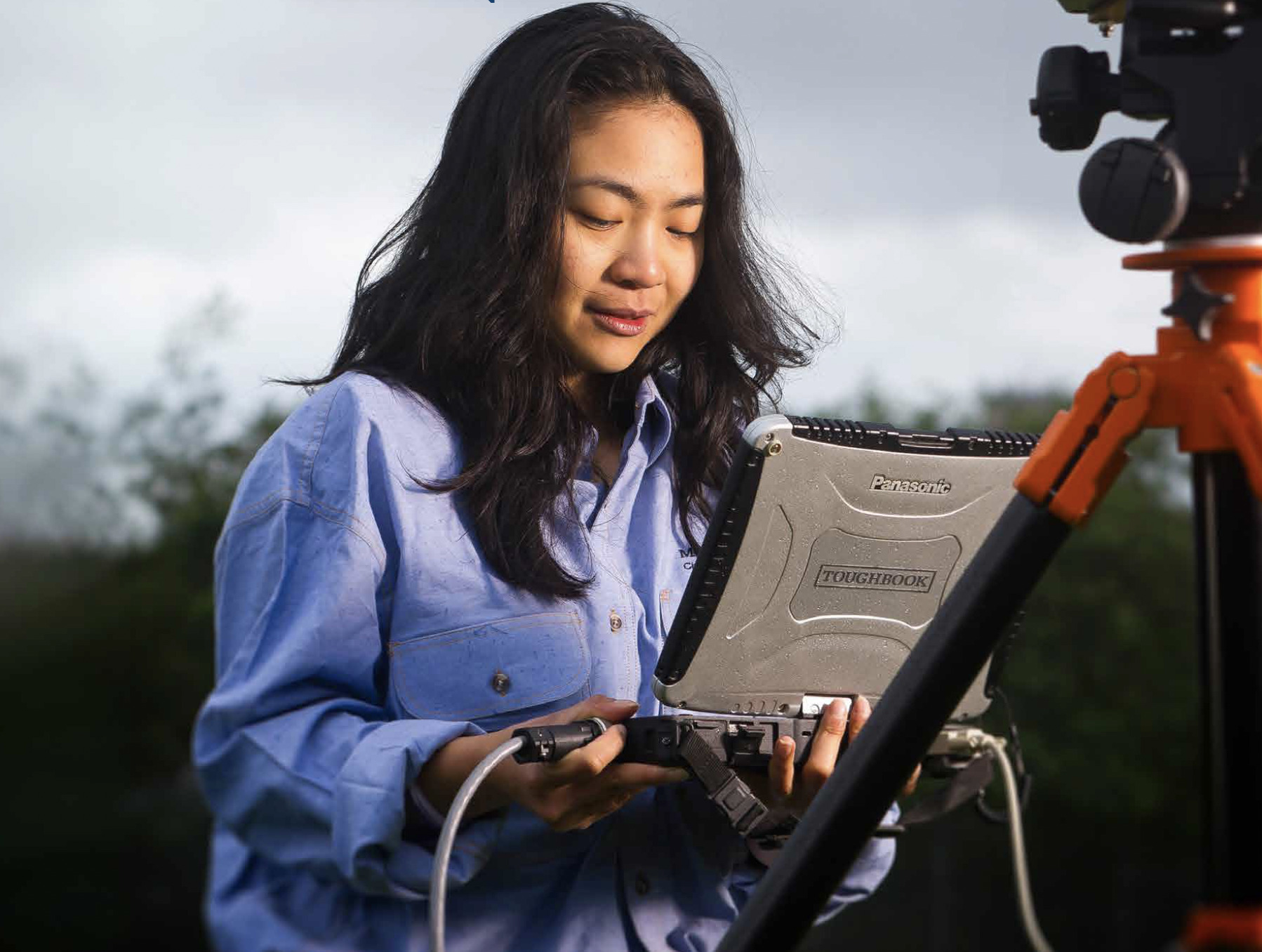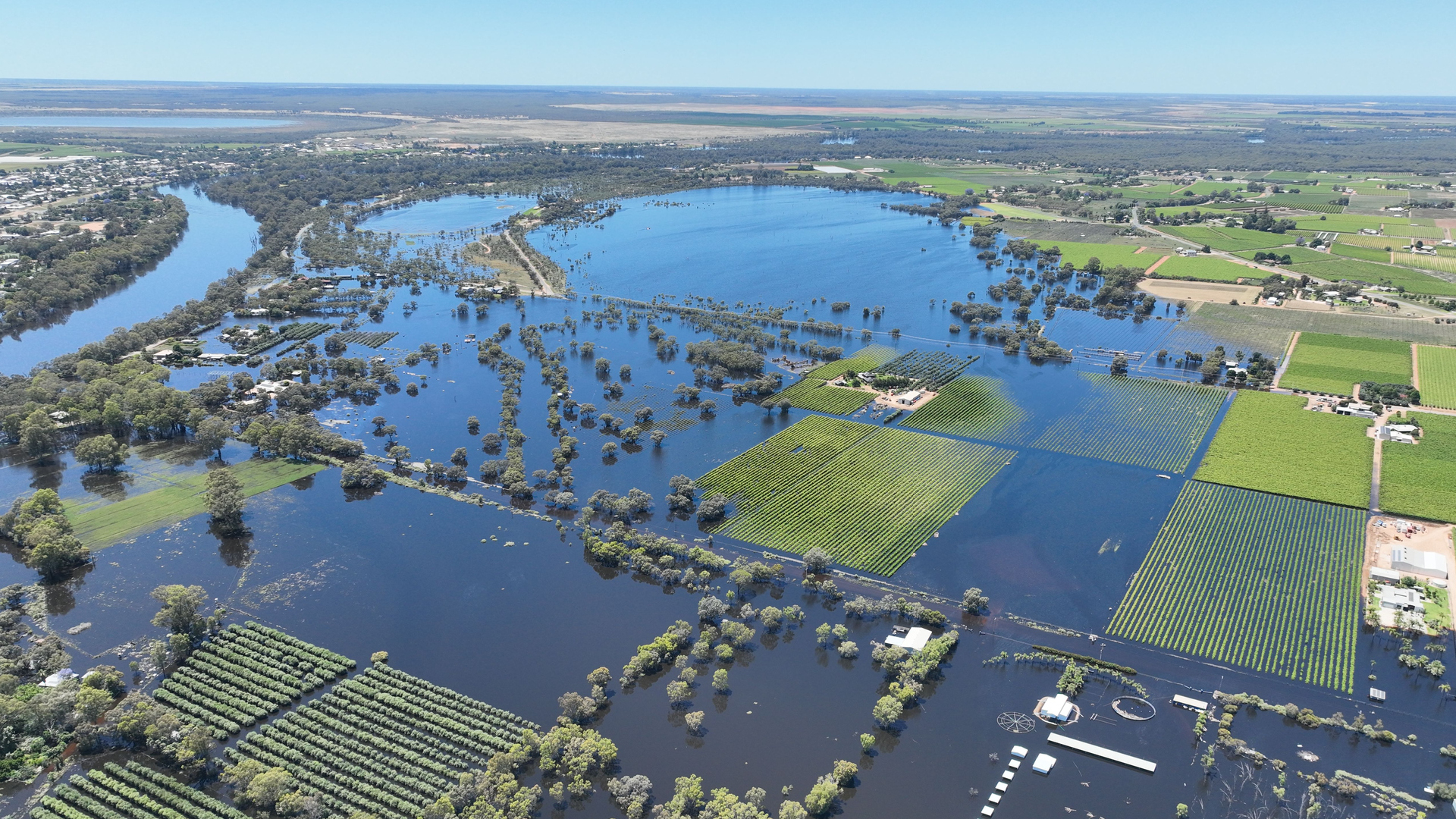
Association with Horizon Europe presents a timely and strategic opportunity to enhance Australia’s research capability, foster international collaboration, and expand commercialisation pathways.

National Research Infrastructure forms the basis for much of Australia’s research capability, including research with international collaborators. These facilities can only run with the expertise of their highly skilled workforce.

The architecture of National Research Infrastructure enables Australia to develop and deliver outcomes from its research strengths. The 2026 NRI Roadmap will facilitate consideration of emerging opportunities and guiding investment decisions using the renewed National Science and Research Priorities.

The proposed National Urban Policy supports UN's Sustainable Development Goal 11 (sustainable cities and communities), and links with a range of other SDGs, including Goal 3 (good health and wellbeing), Goal 9 (industry, innovation and infrastructure), and Goal 13 (climate action).

An effective National Adaptation Plan will ensure that Australia’s infrastructure, people and its socio-cultural artifacts are protected in warming world. A core aspect of this will be recognising that the risks identified by the National Climate Risk Assessment are interrelated and intersectional.

A successful Australian hydrogen energy market strategy should couple economic goals with climate goals. Hydrogen production presents an opportunity to diversify the export economy and reach new markets as demand for Australia’s traditional fossil fuel commodity exports declines.